From Pipelines to Preservation
The Legacy of the National Transit Building
After the discovery of oil in the region in 1859, the next step was to establish the most effective way to transport the oil barrels to market. Instead of carrying barrels of oil by horse and cart, pipelines were designed to quickly move oil from the fields to nearby refineries and shipping points, creating the Union Pipe Line in the 1870s. To compete with Union Pipe Line’s considerable monopoly, Standard Oil was born.
The company began to build their own line system throughout the region and, in just six years, Standard Oil had over 400 miles of pipeline, owned 1.4 million barrels of tankage, controlled all the refining facilities, and three quarters of the nation’s pipes.
To bring in more competition and unite more of the trunk pipelines, John D. Rockefeller organized the National Transit Company in 1884 with a capitalization of $30 million. As one of the major forces behind oil transportation, this organization quickly became the most powerful corporation in the country.

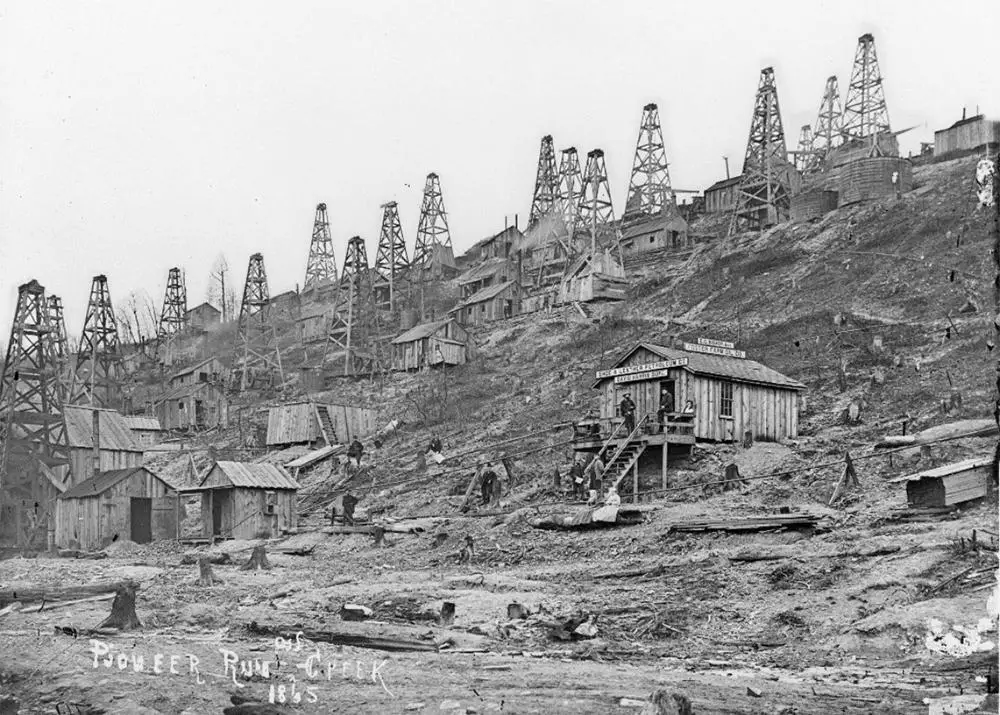
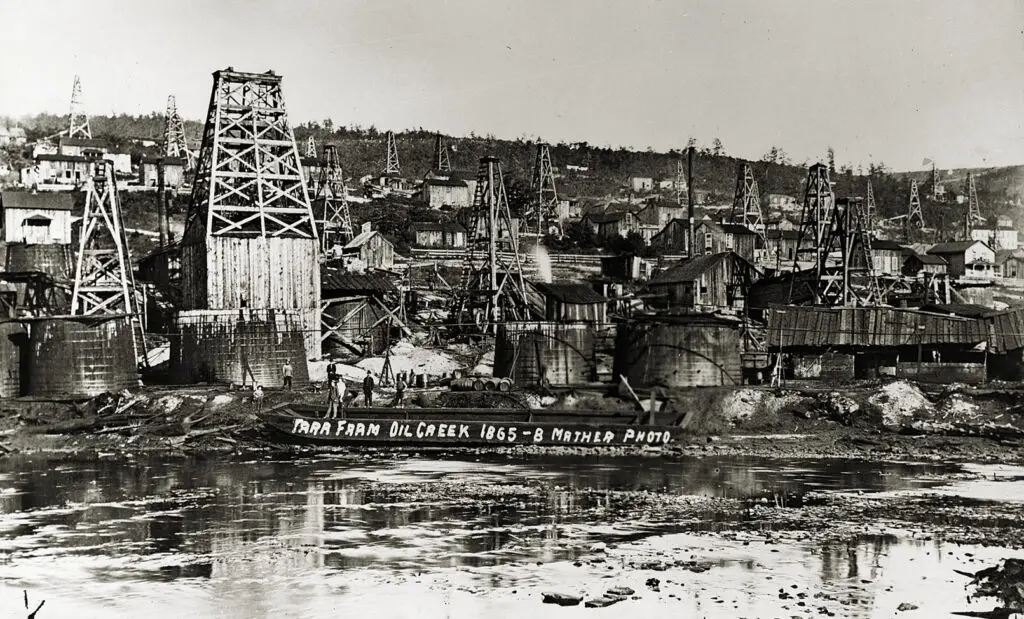
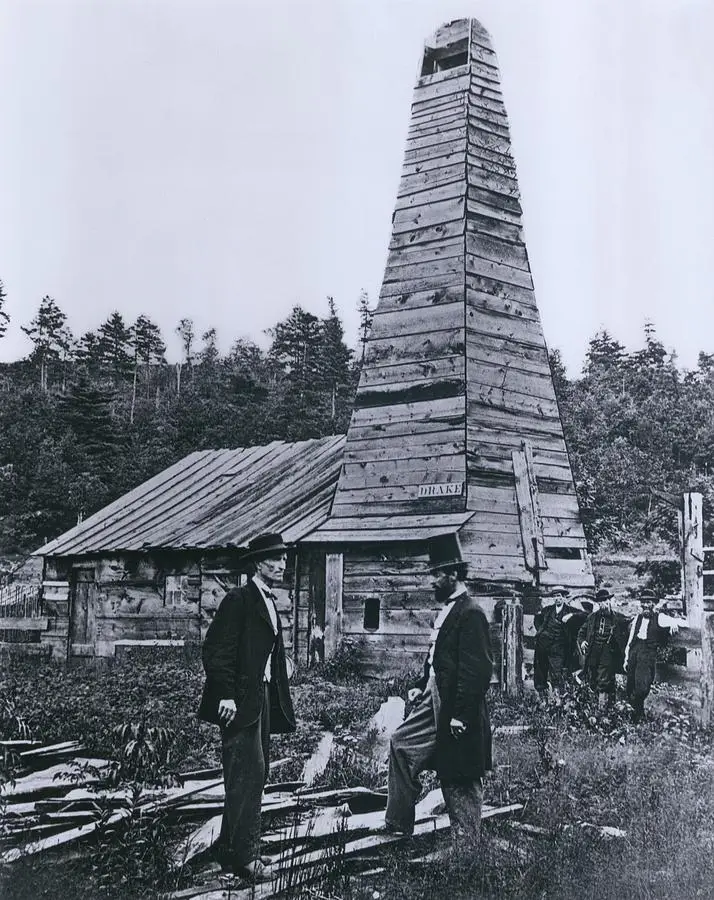
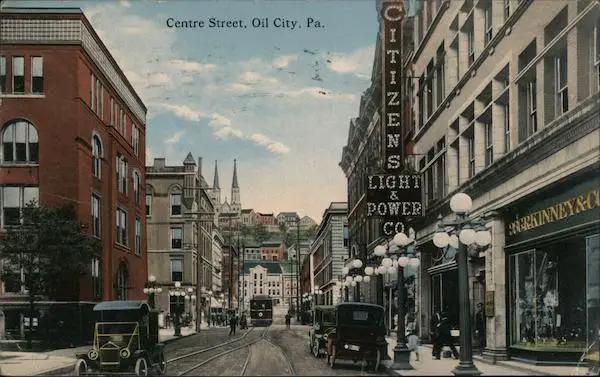
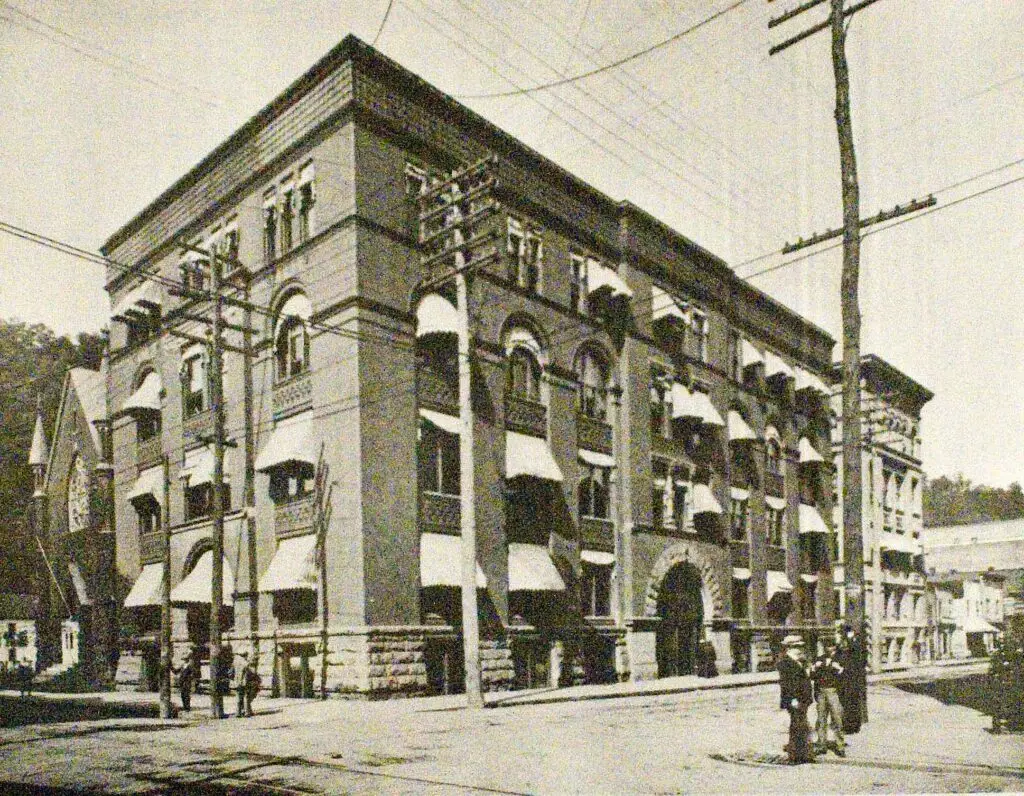
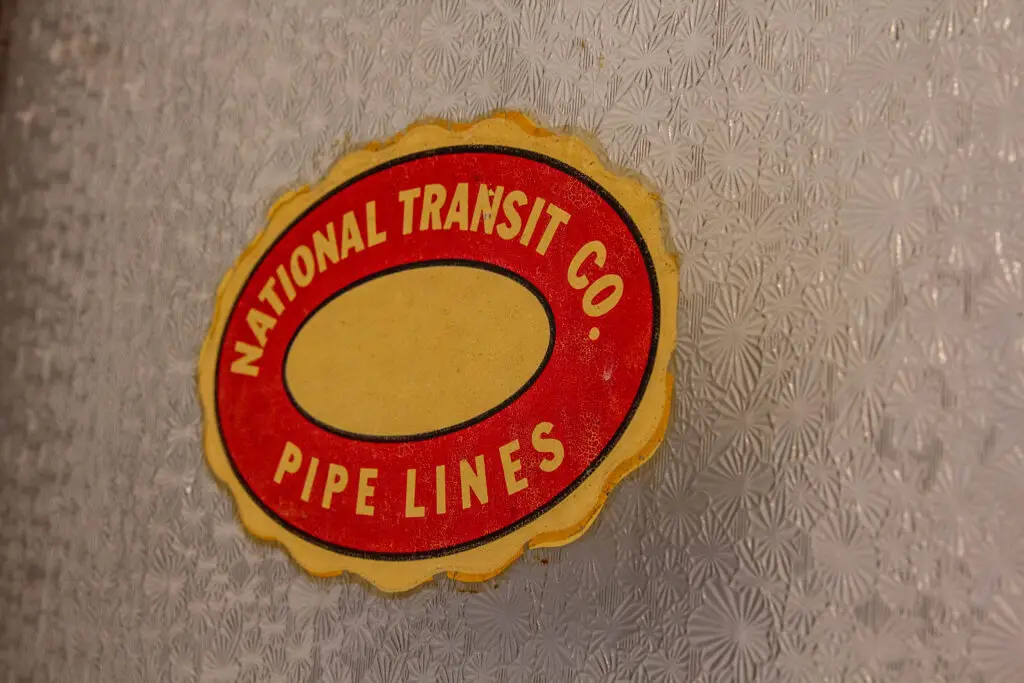



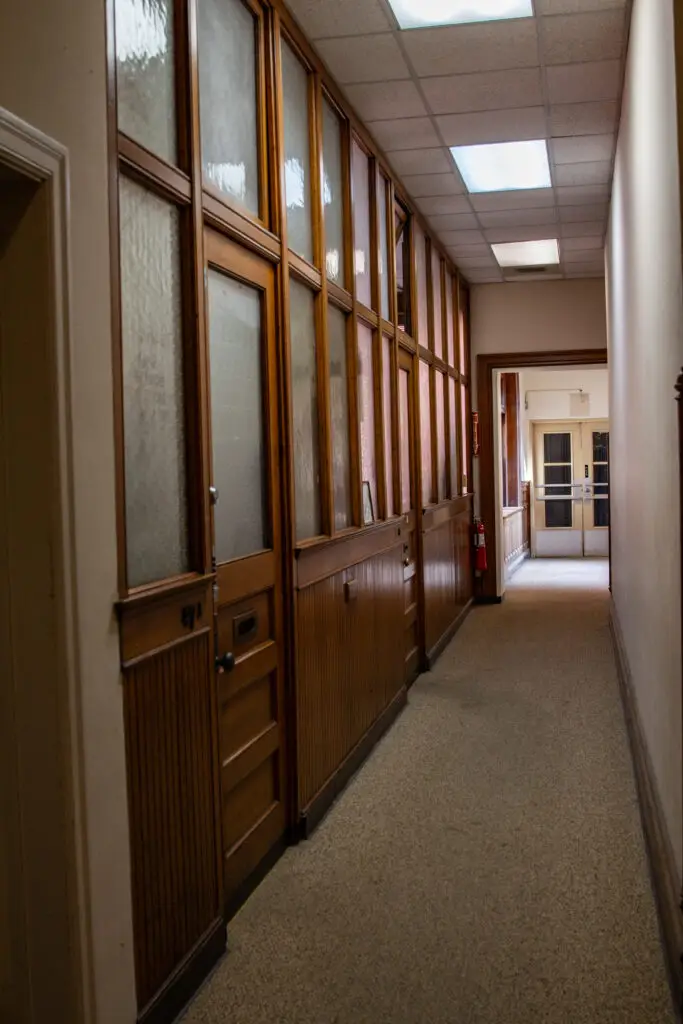
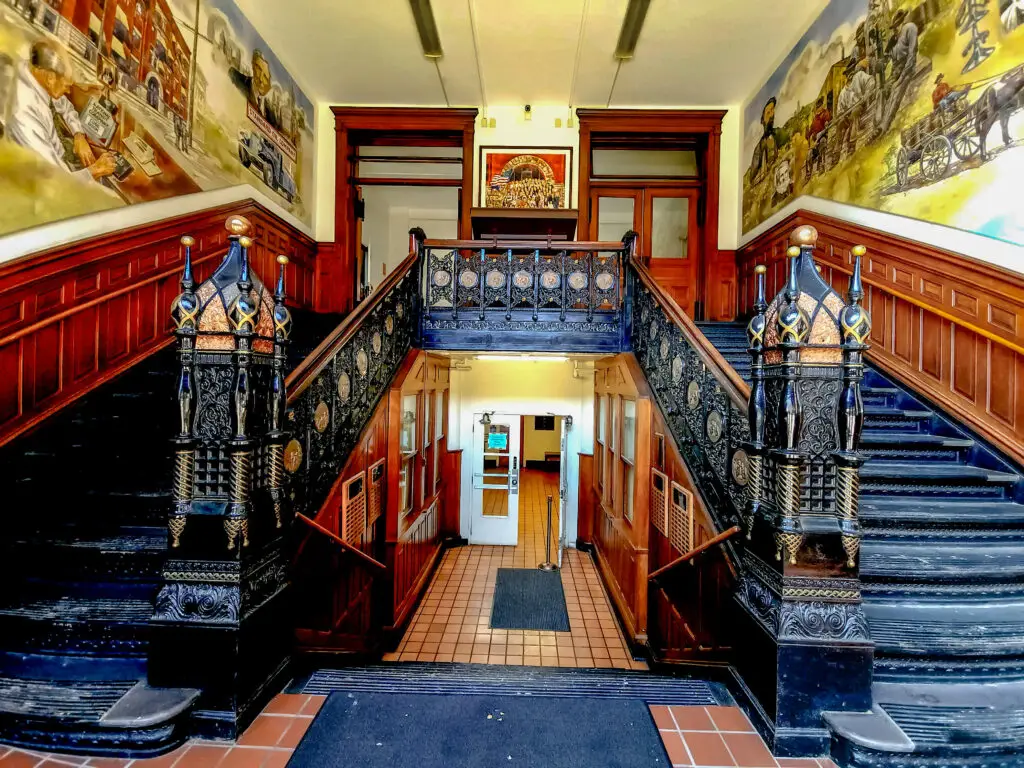
While Standard Oil’s main office was located in New York City, local operations and management took place at the Oil City branch. The National Transit Building was constructed in 1890 to house these offices. Six years later, the Annex was added to accommodate even more offices as the company expanded. Nestled in the Oil Region’s rolling hills and on the banks of Oil Creek, both buildings feature unique architectural characteristics including a pedestrian “bridge” that connects the two structures, extensive ornamental woodwork, ornate bronze and brass appliques, a decorative attic in the main building, and doorknobs fashioned from American Civil War cannonballs. Since the company was responsible for handling large sums of money, large vaults can still be found on each floor of the main building. These two buildings became — and still are — iconic landmarks in Oil City’s historic downtown.
In the 1950s, the building was leased out to a variety of tenants including law firms, real estate offices, retailers, and others. The U.S. government recognized the building for its national significance in the oil industry in the 1970s and it was placed on the National Register of Historic Places.
By the 1980s, this historic landmark was in a state of decline and threatened with demolition. On a visit to Oil City in 1995, activist Ralph Nader purchased the building and, in 1998, it was donated to the Oil City Civic Center (OCCC). Since then, the National Transit Building has found a new purpose serving as the headquarters for several prominent social organizations in the area. Headquartered on the fourth floor with two additional second floor offices, Community Services of Venango County (CSV) provides resources and services to help families and communities improve their quality of life. CSV offers home meal delivery, emergency services for families and individuals in need, parenting support programs and more to help community members thrive. The Keystone Education Council occupies the entire third floor of the building, serving both education and economic needs in the area and takes a unique regional approach to their professional development facilitation. Hundreds of students participate in the program each year and enter the Oil Region’s workforce as skilled laborers.

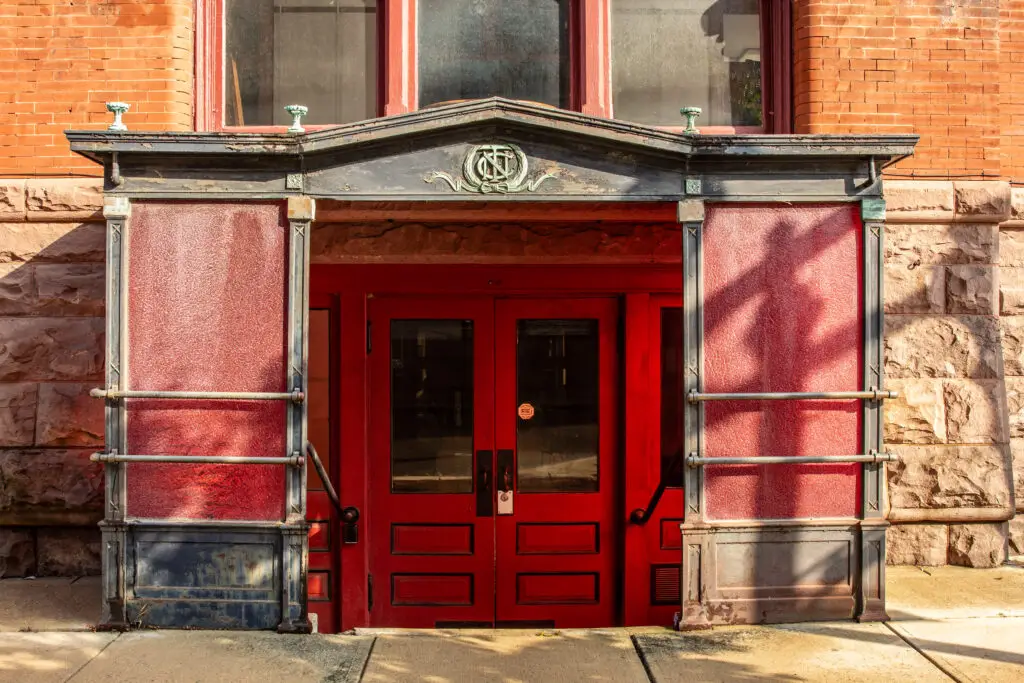


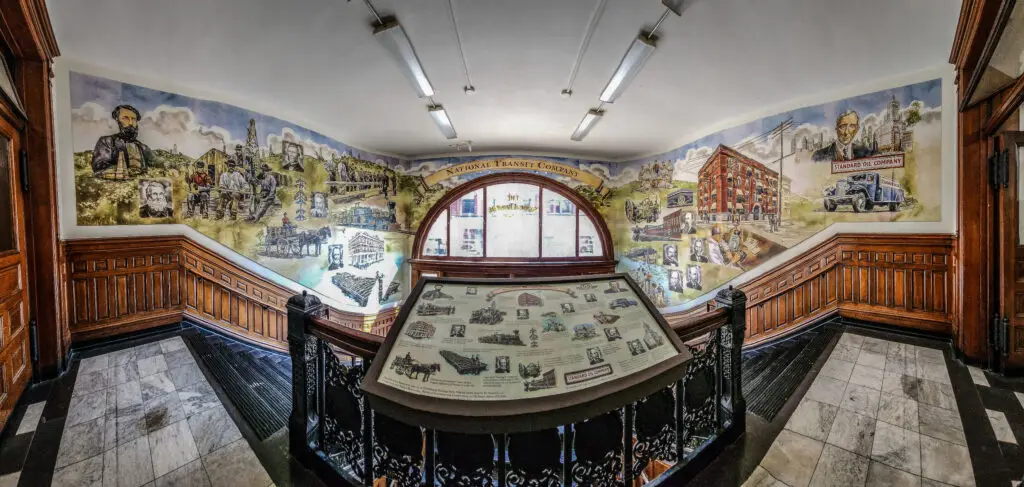
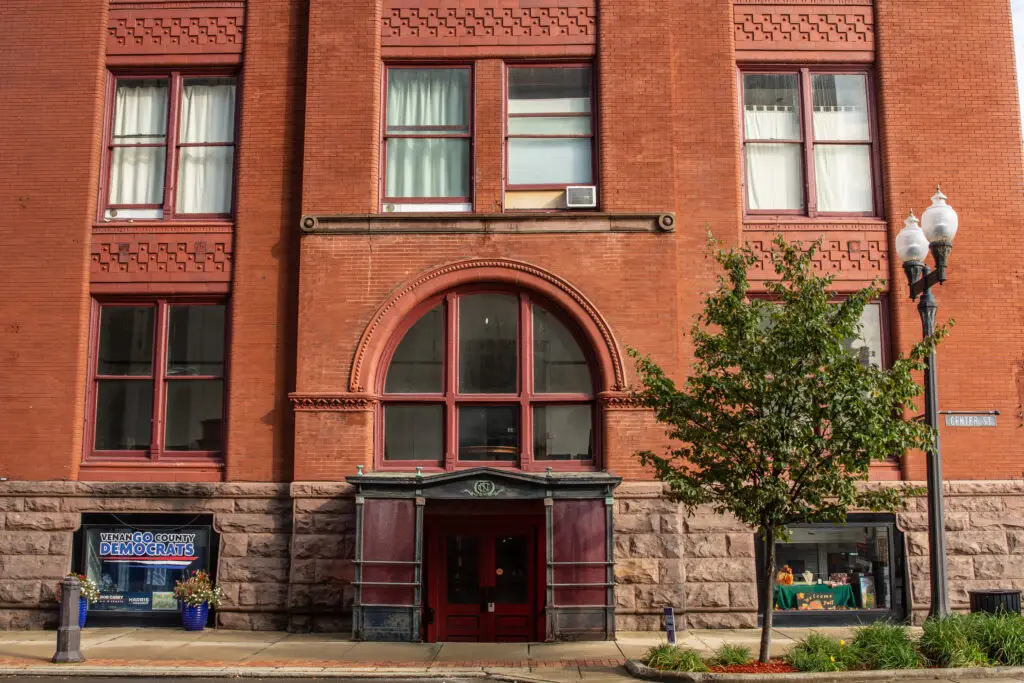
Contribute to Our Mission
Your Donations Support the Preservation of the National Transit Building
